
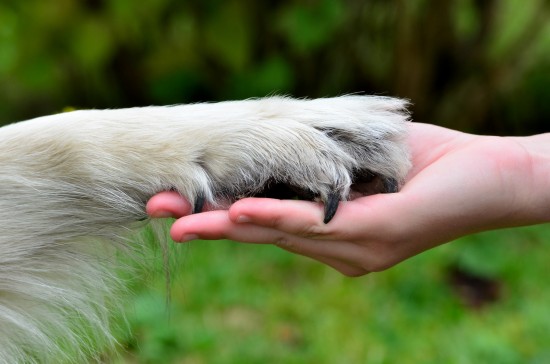
The dewclaws are the claw that you will see on the inside of the front legs, further up the legs than the actual paw. Normally they are only present on the front legs, but some breeds of dog also have them on the back legs too. While generally the dewclaws do very little and do not require any attention, in some cases they can grow overly long, become ingrown, or cause problems, which may lead to their needing to be removed.
Read on to learn about the dewclaws of dogs, and find out if your own dog’s dewclaws need some attention.
The dewclaw on the dog can be most closely approximated to the thumb on people, but unlike the thumb, it does not move independently and today, serves no real purpose.
Historically, when dogs lived in the wild and had to catch and kill their own prey, the dewclaw was useful to help dogs to grip and keep hold of their prey, and to keep a firmer grasp of it when eating. It would also help with climbing and providing a little bit of extra grip on rough or steep terrain.
Today, you might see your dog using their dewclaws to help to keep hold of a bone or a toy that they are lying down gnawing on, but they are by no means essential, and for some dogs, are never utilised even passively.
The dewclaws can be problematic for dogs, just in the way that wisdom teeth can be for people! Both body parts are non-essential, and can get in the way, grow or develop abnormally, and cause pain and problems. How pronounced and large the dewclaws are will vary from case to case; in some dogs they are very small and hardly noticeable, while in others, they can grow rather large and stick out from the leg very noticeably. If the dewclaws are large and the chest of the dog is narrow so that the inside of the front legs are close together, the dewclaws might rub or catch on each other, leading to sores or tears.
Also, pronounced dewclaws may present a problem in other ways, such as by catching on things or running the risk of getting caught in a collar or muzzle when your dog scratches their heads.
Long dewclaws might grow inwards, placing pressure on the skin of the inner leg and sometimes even piercing the skin, which can be painful and lead to the risk of abscesses and infections. Also, if a dewclaw catches on something and gets caught up, it might tear, which can lead to rather a lot of bleeding and of course, a painful wound.
It is important to check on your dog’s dewclaws now and then, to get to know their normal healthy state and identify if there are any problems. Dewclaws can grow rather longer than the other claws on the pads of the paws, as they are not in contact with the ground and so, do not get the chance to wear down naturally. If you trim your dog’s claws, you might want to trim down the dewclaw as well, taking care of course not to trim it too short and risk cutting the quick.
You should make sure that the dewclaw is not too long, is not growing at a strange angle, and is not sticking so far out from the leg that it risks catching on bedding or your dog’s collar. Also, check that the dewclaw is not curving inwards and pressing on the skin, risking in-growing.
If your dog sustains an injury to one or both of their dewclaws, or the angle and manner of their growth makes it likely that a future injury might occur, it might be best to have your dog’s dewclaws removed. This is of course a veterinary procedure and something that you will need to talk about with your vet.
While the dewclaws do not serve any real purpose for dogs today, they should not be removed without a good reason, and for most dogs, the dewclaws will not pose a problem at any point in their lives, unless they are unlucky enough to catch them on something accidentally.
Dewclaw removal is a surgical procedure, which needs to be performed under general anaesthetic. For some working dog breeds, or breeds where the dewclaws are often found to be problematic, the dewclaws will be removed in the same procedure as when they are spayed or neutered. Generally, by the time a puppy or young dog is of the age to be spayed or neutered, the vet and owner will be able to get a good idea from observing the growth of the dewclaws so far as to whether or not they are likely to present a problem requiring removal in later life.
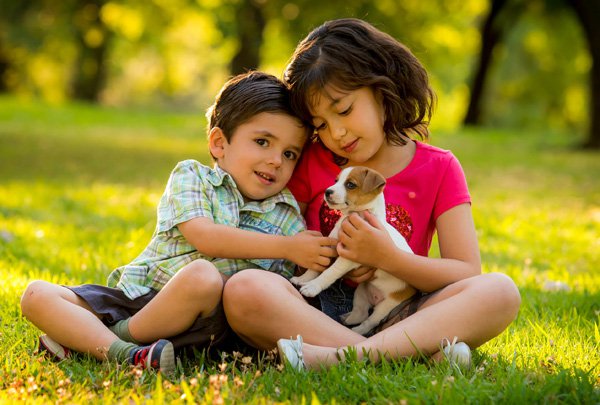 Reasons for You to Build and Design Chicken Runs for Your Chicken
Reasons for You to Build and Design Chicken Runs for Your
Reasons for You to Build and Design Chicken Runs for Your Chicken
Reasons for You to Build and Design Chicken Runs for Your
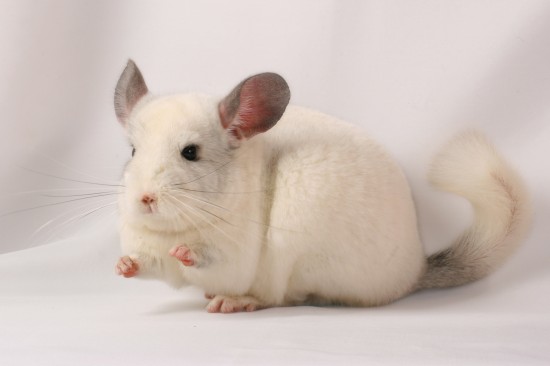 Ten Interesting Facts About Chinchillas
Ten Interesting F
Ten Interesting Facts About Chinchillas
Ten Interesting F
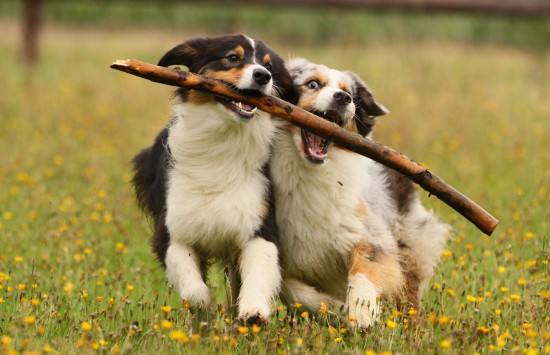 Seven Ways To Keep Your Dog’s Mind Active And Engaged
Seven Ways To Kee
Seven Ways To Keep Your Dog’s Mind Active And Engaged
Seven Ways To Kee
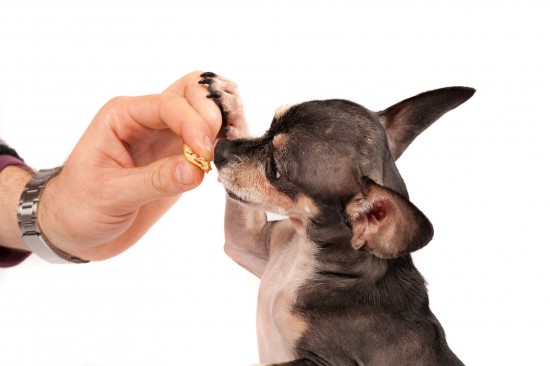 How To Mentally Challenge Your Dog
How To Mentally C
How To Mentally Challenge Your Dog
How To Mentally C
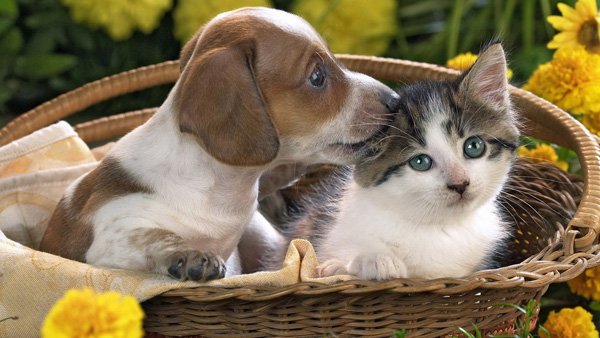 Ulcer Supplements for Horses
Ulcer Supplements for Horses
No matter how hea
Ulcer Supplements for Horses
Ulcer Supplements for Horses
No matter how hea
Copyright © 2005-2016 Pet Information All Rights Reserved
Contact us: www162date@outlook.com